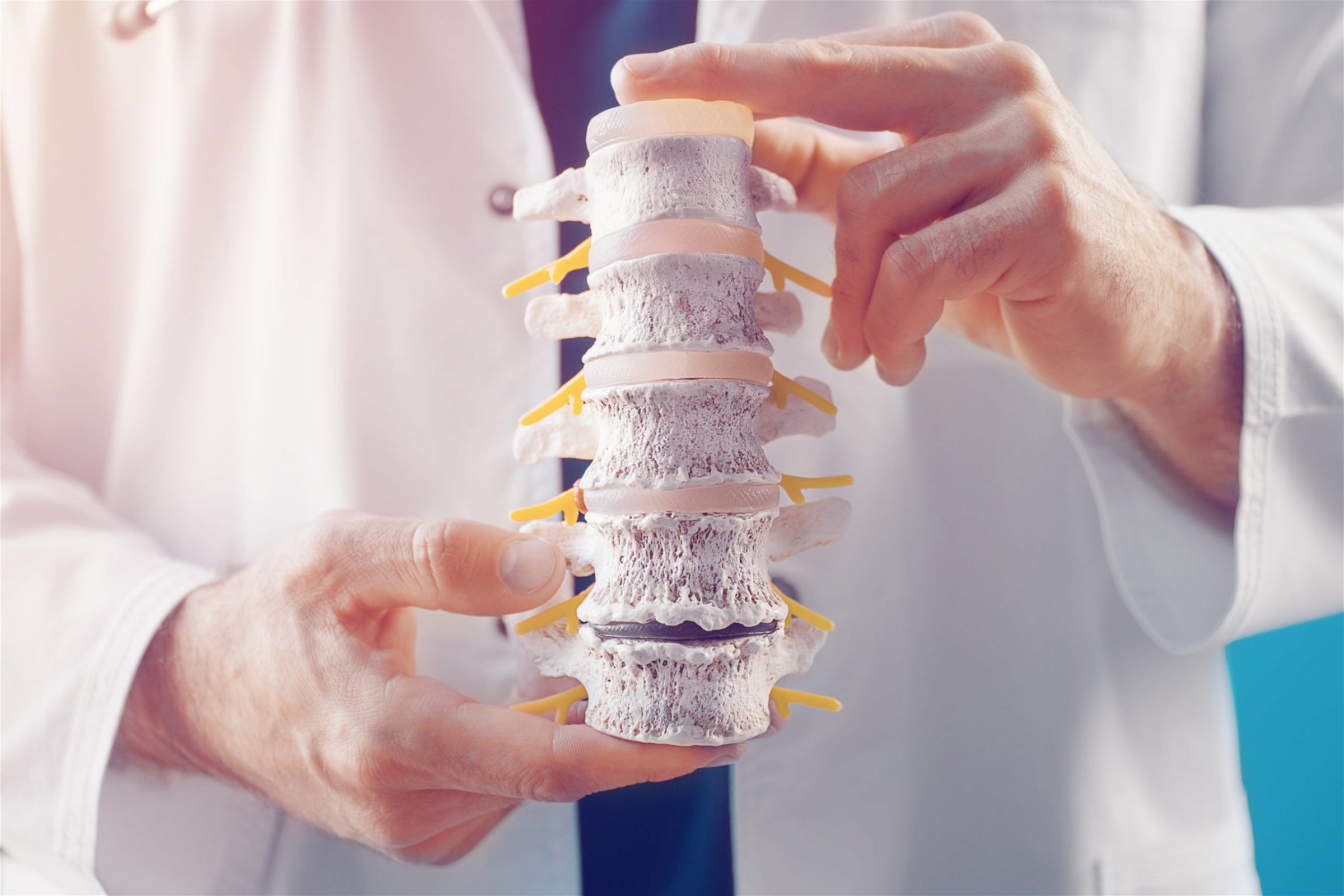- Conditions
- Treatments
- Patients
- Practice
- Dr. Tian Xia
- Heather Cottini
- Andry Khlopas
- Lyndsey Johnson
- Dr Michael G Banuelos
- Linda H. Morris
- Stacia Jones
- Hoai Luu
- Dr Ricardo Knight
- Finnbar Higgins
Chiropractors
Physical Therapist
- Blog
Spinal Decompression Therapy
Spinal Decompression Therapy
Non-surgical spinal disc mechanical traction, often referred to as spinal decompression therapy, is a therapeutic method used to treat certain disc conditions in the spine without resorting to surgery.

This approach is based on the principle of applying controlled, mechanical traction to the spine, which can lead to a reduction of intradiscal pressure, promoting retraction or repositioning of the herniated or bulging disc material and facilitating the movement of oxygen, water, and nutrient-rich fluids into the discs, allowing them to heal.
Here are some key points about this treatment:
Indications: Non-surgical spinal disc mechanical traction is primarily indicated for patients with:
> Herniated or bulging discs
> Degenerative disc disease
> Sciatica (nerve pain radiating down the leg)
> Spinal stenosis
> Facet syndrome (arthritis in the facet joints)
> General back and neck pain related to disc conditions
Procedure:
Patients lie on a specialized traction table, with either their upper body or lower body securely strapped down, depending on the location of the disc condition.
The machine then applies controlled traction forces to the spine, alternating between maximum and minimum levels.
The treatment session may last for 30-45 minutes, and a typical course might involve 20-30 sessions over 4-6 weeks, though this can vary based on individual needs.
Advantages:
> Non-invasive: No surgical incisions or anesthesia needed.
> Minimal to no recovery time.
> Pain relief: Many patients report significant relief from pain and improved mobility after undergoing this treatment.
> Cost-effective when compared to surgery.
Limitations & Risks:
Not effective for everyone: Some people may not experience significant relief from their symptoms.
Temporary relief: Some patients might experience only short-term benefits.
Rarely, there can be an increase in pain following treatment, though this is uncommon.
Not recommended for patients with severe osteoporosis, spinal tumors, certain spinal infections, or certain other contraindications.
Alternatives: There are other conservative treatment options available like physical therapy, chiropractic care, medication, and injections. Surgery might be an option if conservative treatments don’t work or if the condition is severe.
Aftercare: Following the treatment, patients are typically advised to engage in specific exercises or physical therapy to strengthen the muscles supporting the spine. This helps in prolonging the benefits of the treatment and preventing future issues.
Efficacy: While many patients report improvements, the scientific literature has mixed reviews on the efficacy of spinal decompression therapy. Some studies suggest moderate success, while others show minimal benefits. It’s essential for potential patients to consult with a healthcare professional to discuss if it’s the right treatment option for them.
Always consult with a healthcare professional to get a clear understanding of the potential risks and benefits of any treatment.
